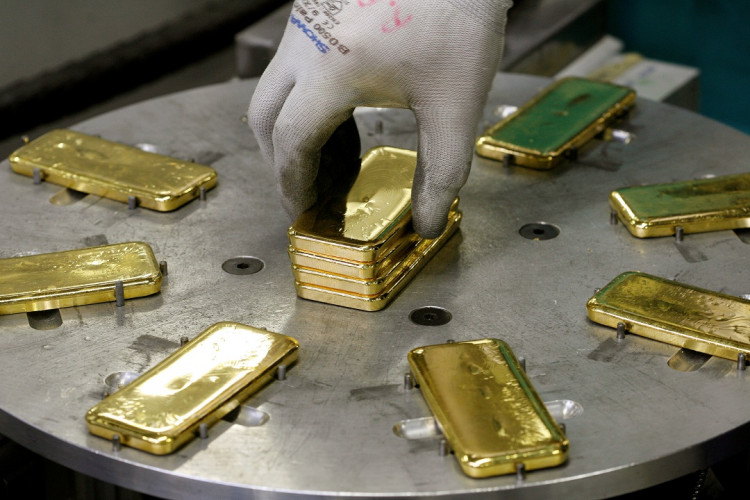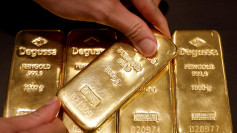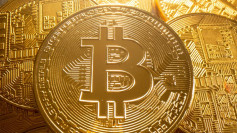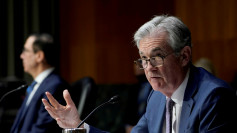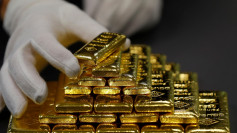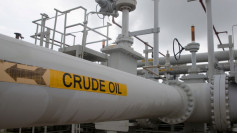Gold prices rose on Wednesday as traders anticipated forthcoming U.S. economic data and the potential for interest rate cuts by the Federal Reserve. Spot gold increased by 0.4% to $2,417.63 per ounce as of 1208 GMT, while U.S. gold futures climbed by 0.5% to $2,418.20. The market is keenly focused on key economic indicators due later in the week, including the U.S. GDP data on Thursday and the personal consumption expenditure (PCE) price index on Friday, which could further shape expectations around the Fed's monetary policy.
"The medium to long-term view for gold remains supportive because we are anticipating two rate cuts this year starting in September," said Soni Kumari, an ANZ commodity strategist. "Geopolitical tensions will continue to support gold as a safe haven investment." Lower interest rates typically reduce the opportunity cost of holding non-yielding assets like gold, making it more attractive to investors.
A Reuters poll suggests that the Federal Reserve will implement rate cuts in September and December, despite resilient consumer demand and easing inflation. The Fed's cautious approach aligns with the broader market sentiment, which expects only moderate adjustments in monetary policy.
Market participants are also closely monitoring the U.S. election campaign, with Vice President Kamala Harris expected to be the Democratic Party's candidate to face off against Republican Donald Trump. Ricardo Evangelista, a senior analyst at ActivTrades, noted that "many see Donald Trump as the favorite to win, which could mean a more protectionist administration in Washington." This scenario could strengthen the dollar, potentially impacting gold prices as more expensive imports could drive up inflation and interest rates.
In a significant move, India has reduced import duties on gold and silver from 15% to 6%. This policy change is expected to boost physical demand for gold in the second half of 2024. "With the favorable cut in import duty and an above-average monsoon, rural incomes are likely to rise, providing surplus money to buy gold," Kumari added.
Meanwhile, silver prices rose by 0.4% to $29.34 per ounce, and platinum gained 2.1% to $963.60. Palladium also saw an increase of 1.7% to $941.30 per ounce. The rise in silver prices is partially driven by increased demand in the photovoltaic panel sector. Sprott Asset Management reported, "Growth estimates in photovoltaic panel usage have been markedly revised higher, resulting in silver demand far exceeding supply. A price squeeze within a few years is becoming more likely."
Gold prices hit an all-time high of $2,483.60 last week, driven by rising bets on rate cuts. Despite some potential short-term volatility, the near-term outlook for gold remains constructive. "If either the GDP or core PCE figures produce an upside beat, this could provide a stumbling block for gold in the short term due to dollar strength," noted Tim Waterer, chief market analyst at KCM Trade. However, he added, "The near-term outlook for gold remains constructive from a fundamental point of view, given that the Fed appears to be on the doorstep of a rate cut."
Technical analysis by Reuters suggests that spot gold may break resistance at $2,417 and could potentially rise further to $2,432. This technical perspective aligns with the broader market sentiment, which continues to view gold as a safe haven amid economic uncertainty and potential geopolitical risks.
